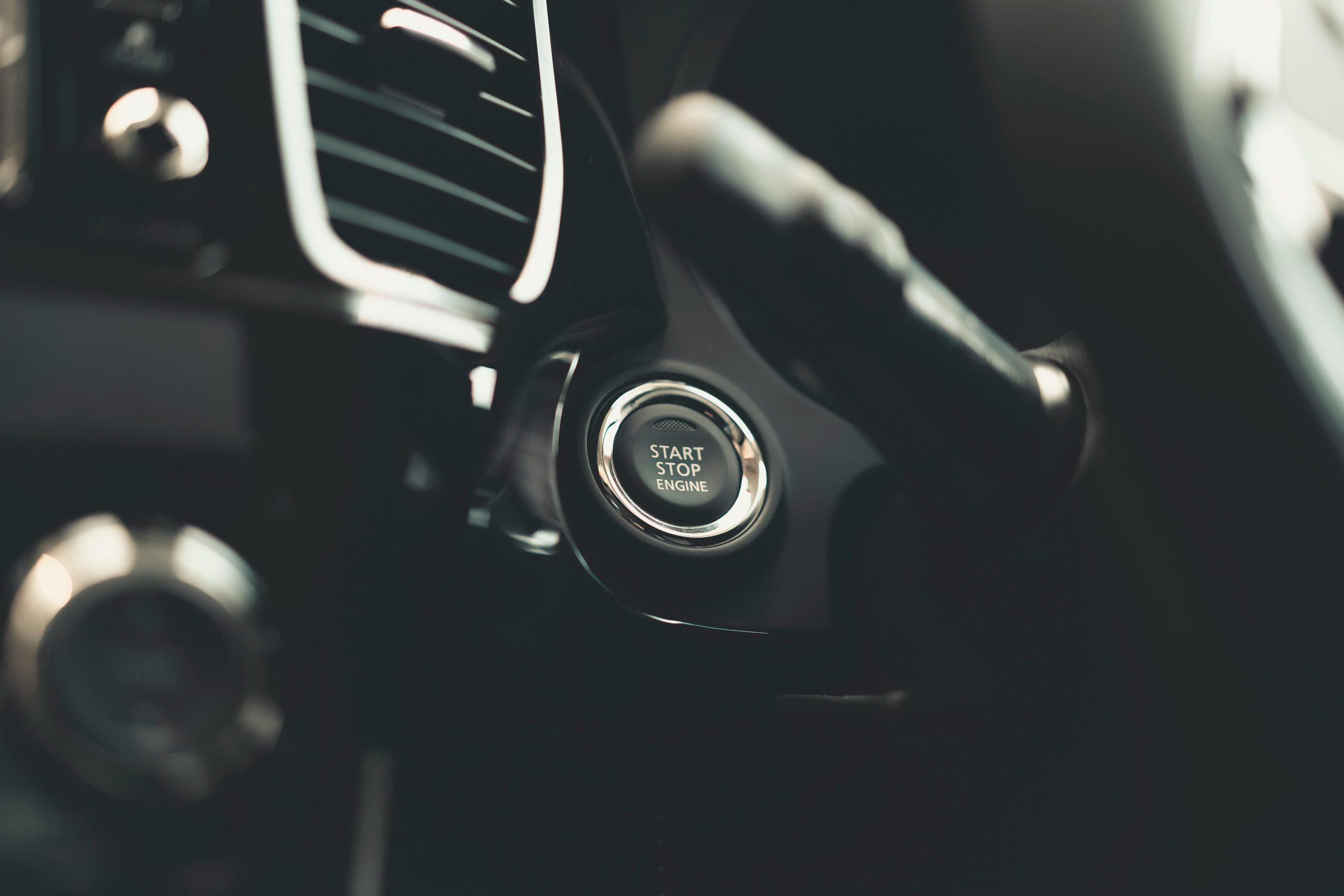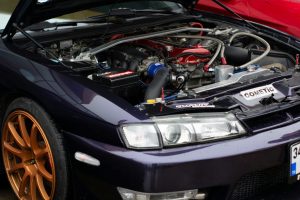Ergonomics in Modern Vehicle Design Explained
As the world of technology continues to rapidly evolve, modern vehicles have also undergone significant advancements in both design and functionality. However, along with these developments comes the need to prioritize the comfort and well-being of drivers and passengers. This is where ergonomics, the study of how people interact with their environment, plays a crucial role in modern vehicle design. In this article, we will dive deeper into ergonomics in modern vehicle design and how it impacts the overall driving experience.
The Importance of Ergonomics in Modern Vehicle Design
Ergonomics has been a cornerstone in vehicle design for decades. Its primary purpose is to ensure that drivers and passengers can interact with their vehicle safely and comfortably. A well-designed vehicle that takes ergonomics into consideration can not only reduce the risk of driver fatigue and injury but also improve the overall driving experience. In today’s fast-paced world, where we spend a significant amount of time commuting, having a comfortable and ergonomic vehicle is more crucial than ever.
Ergonomics Factors in Modern Vehicle Design
1. Vehicle Controls Layout
One of the primary factors that ergonomics considers is how the vehicle’s controls, such as pedals, steering wheel, and buttons, are arranged. These should be placed in a way that is easy to reach and operate without causing discomfort or strain. For example, the steering wheel should be at a comfortable arm’s length and height, and the pedals should be evenly spaced for easy access.
2. Interior Space and Seating
The interior space and seating layout are crucial in ensuring that passengers have enough room to move around comfortably. The seats’ positioning and design should offer proper support while also accommodating different body types and sizes. Furthermore, the spacing between seats should allow for easy in and out access, even for taller individuals.
3. Visibility and Lighting
Having proper visibility while driving is essential for safety and comfort. The vehicle’s design should provide an unobstructed view of the road, minimizing blind spots and distractions. Natural lighting is also a factor to consider in modern vehicle design, as it can greatly impact the driver’s mood and alertness. Adequate and strategically placed lighting can also help reduce eye strain, especially during night drives.
4. Noise and Vibration
Noise and vibration can greatly impact the comfort and well-being of vehicle occupants. Modern vehicle design takes into account the use of noise and vibration-dampening materials to reduce outside noise and engine vibrations. This not only provides a more enjoyable driving experience, but it can also help prevent driver fatigue and stress.
The Future of Ergonomics in Modern Vehicle Design
As technology continues to advance, we can expect to see even more innovative and ergonomic features in modern vehicles. Some automakers are investing in biometric sensors to monitor drivers’ well-being and make necessary adjustments to the vehicle to ensure their comfort. Augmented reality technologies are also making their way into vehicle designs, providing a more interactive and intuitive driving experience.
In addition to these advancements, the rise of electric and autonomous vehicles has also opened up new possibilities for ergonomics in modern vehicle design. With the elimination of traditional engines, designers have more freedom to create spacious and comfortable interiors. Autonomous vehicles, on the other hand, will allow passengers to focus on other activities, making ergonomics an even more critical factor in ensuring their well-being.
In Conclusion
Ergonomics is not merely a fancy buzzword in modern vehicle design; it is a crucial aspect that impacts the safety and comfort of vehicle occupants. From controls layout to interior space and even advancements in technology, ergonomics plays a significant role in shaping the driving experience. As technology continues to advance, we can expect to see even more groundbreaking innovations in modern vehicle design that will elevate the role of ergonomics and improve the overall driving experience for everyone.








